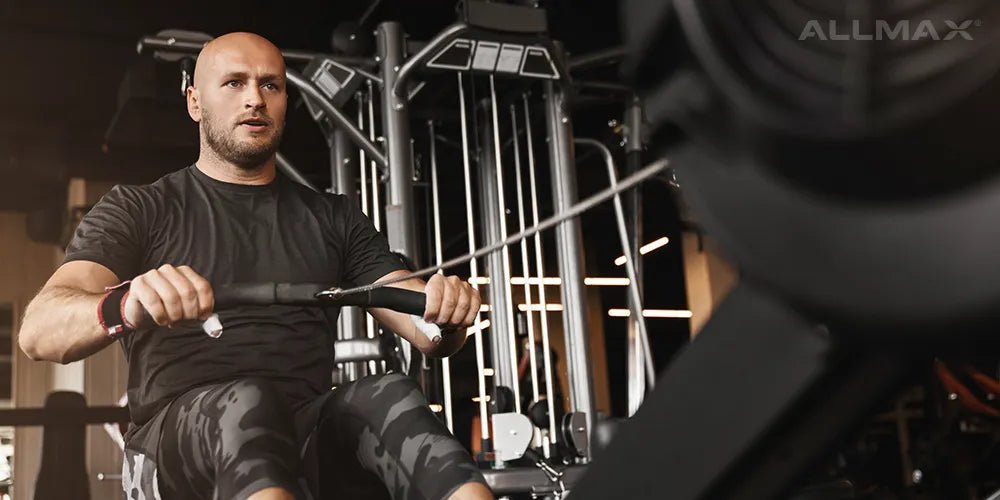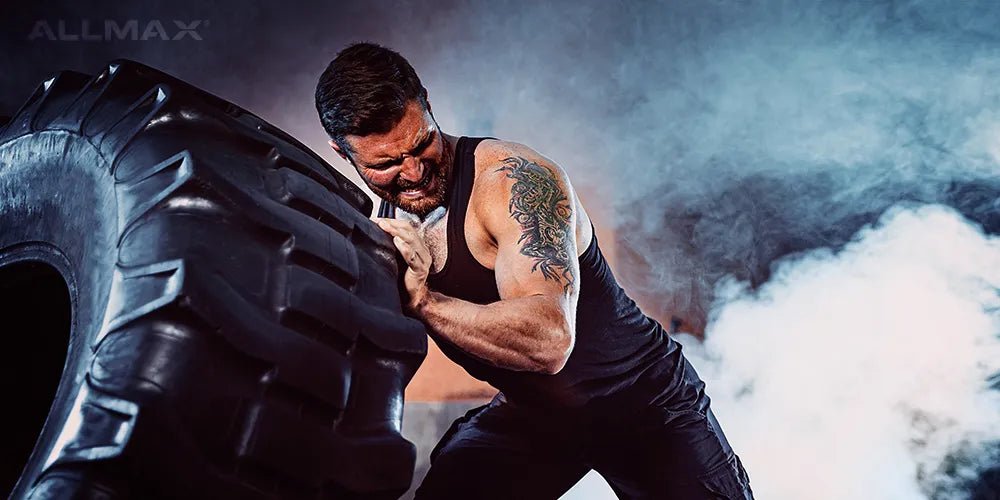Tips for Smart Bulking Ah, it’s finally Smart Bulking time! The time of year when you put the board shorts away, stop worrying about shaving up for the beach and throw away your calorie counter. That’s right, it’s bulking season. For me it’s a time to loosen up on the carb control, throw in an additional cheat meal when I feel like it and start pushing heavier weights. All summer long you have tried your hardest to maintain a lean physique and you probably succeeded in doing so, but to build muscle, you need additional calories and that’s where the bulking phase of your diet comes into play. For quite a few years now I have divided my year into three phases:
- Winter is saved for bulking
- Spring is dedicated to leaning up
- Summer is for maintenance
This schedule keeps your body stays fresh and you never get stuck in a rut with the same regime or routine. Of the three, I can say without question, bulking is my favorite phase. If you are anything like me, you love food and because of that you may have found yourself at one point in time being too flexible with your bulking phase and getting too out of shape, adding more body fat than desirable. So let’s get a few things in order about smart bulking, so you don’t overeat and go overboard.
What Defines Bulking?
When a bodybuilder or athlete enters into a bulking program, their intent is to gain quality muscle mass at the expense of also gaining some body fat. Unfortunately, the two go hand-in-hand if you want to see substantial gains in muscle mass. Now, I’m not saying this is a license to eat whatever you want whenever you want, but you certainly do not have to be as strict as you would if you were competing or simply leaning up for a photo shoot or the beach. Typically speaking, a competitive bodybuilder will stay within 20-25 lb of their competition weight, so when it comes time to drop the weight, it’s not as hard and you don’t have to kill yourself for an extended period of time doing cardio and dieting. Your goal every time you bulk is to be bigger and heavier in preparation for the next phase of shedding, when you shed the body fat after your bulking phase. If you do it correctly, you’ll have added muscle, and once the fat is gone, you will see the results.
What Type of Nutrition Plan Should I Follow?
This will obviously vary for every individual. Your caloric needs are based upon your somatotype, but if you are already lean naturally or you have just finished a competition, here’s a good place to start. Take a look at what you currently eat on a daily basis. If you are post-competition, take a look at your diet for that. If you are naturally thin, keep track of what you regularly eat on a daily basis for about a week. Then, figure out your daily caloric intake. Once you have that number, you are ready to begin adding calories. My suggestion is to add an additional 100 calories daily, using the same foods you currently eat. Just increase your portion sizes to meet the 100 extra calories. The reason for this is you want to avoid stomach upset by adding new foods. Do this for a week and then in the weeks that follow start introducing newer, more calorie-dense foods. When you think about it, a bulking diet is just as strict as a diet for a show – you have to eat at regular intervals, you have to eat a certain amount of food and you have to keep track of what you are eating so you can make adjustments as needed. Continue to add an additional 500 calories to your diet weekly until you meet your goal.
Can I Eat Junk Food while Bulking?
Yes, you can! Junk food has many benefits to bodybuilders such as increasing metabolism, keeping you sane and adding lots of calories to your diet, especially if you are a hard gainer. What you must keep in mind though is that the junk food must come at scheduled times and you must keep track of what you’ve eaten, and how you felt and looked afterwards. This is important because if you don’t keep track, eventually you’re going to find yourself adding too much fat.
What Should My Training Look Like?
Hopefully you have been training smart and not going too heavy. Low body fat levels make things hurt, like your joints when you train. As you transition into a full offseason mode, you’ll find your lifting weight will increase and you should be aiming to be stronger each time you hit the gym. The additional calories will give you more energy to push harder and longer and give you the ability to handle heavier poundages. Focus your lifts around compound exercises such as the bench, squat and deadlift and lower the volume of your workouts as well. Go heavy for a short period of time, say no more than 45 minutes to an hour in the gym, then go home and eat and sleep. You don’t grow in the gym so get in there, do what needs to be done, and then go grow.
What Supplements Are Good for a Bulking Phase?
Creatine supplements such as ALLMAX Cremagnavol and Krush Loaded are excellent products to use to help bulk up. Quickmass Loaded should be a staple in your supplement protocol. Adding Advanced Allflex to help prepare your joints for the heavy lifts is also a smart move. I also like using ALLMAX Digestive Enzymes just to help move the food and get the most out of your nutrition as possible. I think the most important thing to remember during a mass phase or smart bulking phase is that you can’t flex fat. You always have to take the good with the bad and if you find yourself looking less than what you are accustomed to, just remember when you take it off, you’ll be even bigger than you were before. One good rule that I follow is to make sure I can always see the outline of my abs. It’s a clear indication that you’re getting enough calories for new muscle growth without getting sloppy. Happy eating!


